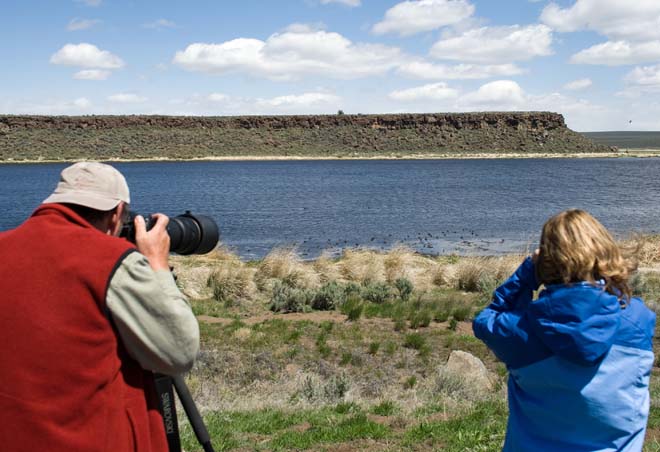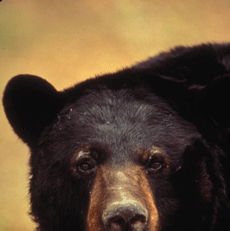 |
| Courtesy of US Fish and Wildlife |
The current issue of American Midland Naturalist has three papers on turtles, and two on eastern box turtles. The first box turtle (Terrapene carolina) paper examined the clutch size and clutch frequency of box turtles at the Wertheim National Wildlife Refuge on eastern Long Island, NY. The researchers X-rayed the turtles they hand-captured. About 40 percent of the females captured were found to have eggs.
The big surprise for the researchers was that the average clutch size was 4.1 eggs. A previous study conducted in Connecticut (just across Long Island Sound from the research site) was 6.7 eggs/clutch. Yet another study in Maryland reported an average clutch size of 4.6. The Long Island study also found that clutch size did not appear to be related to body size in any statistically significant way. The authors suggest that clutch size may have more to do with specific local conditions than general geographic location.
Another surprise was that 95 percent of the turtle eggs survived at nests protected against predators, suggesting that egg predators play a big role in the population dynamics of eastern box turtles. You can find the paper here.
In the second paper, Indiana researchers radio-tagged box turtles and followed them for two years. They found that 96.2 percent of the turtles they tracked survived annually. Winter survival was lower than survival through the months of the year when the turtles were active (95.6 versus 96.7). Get more information from the paper, here.





